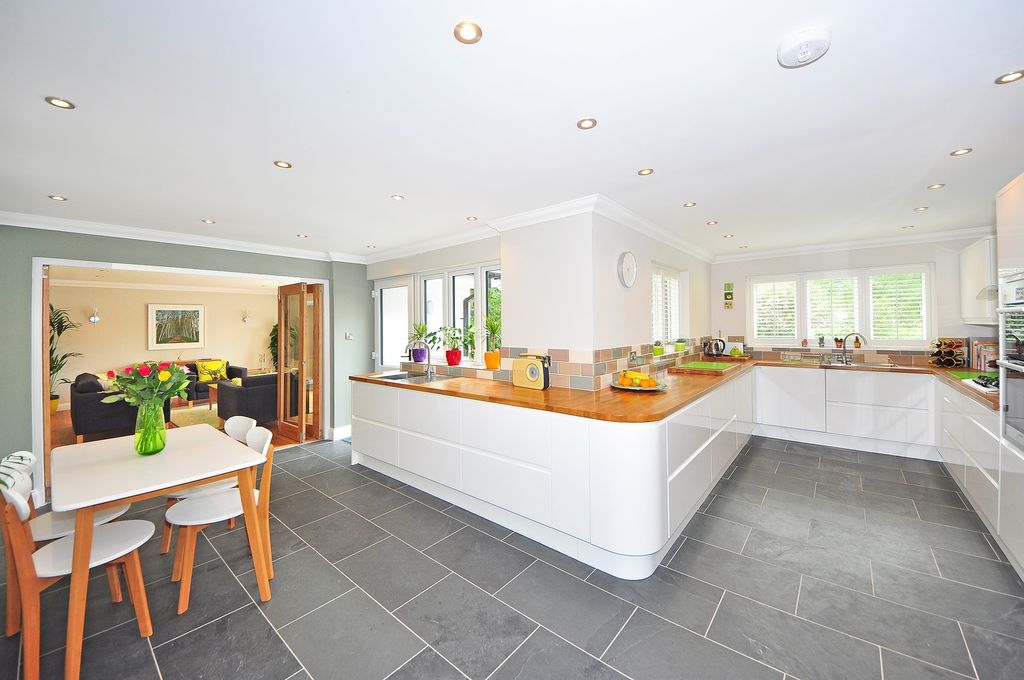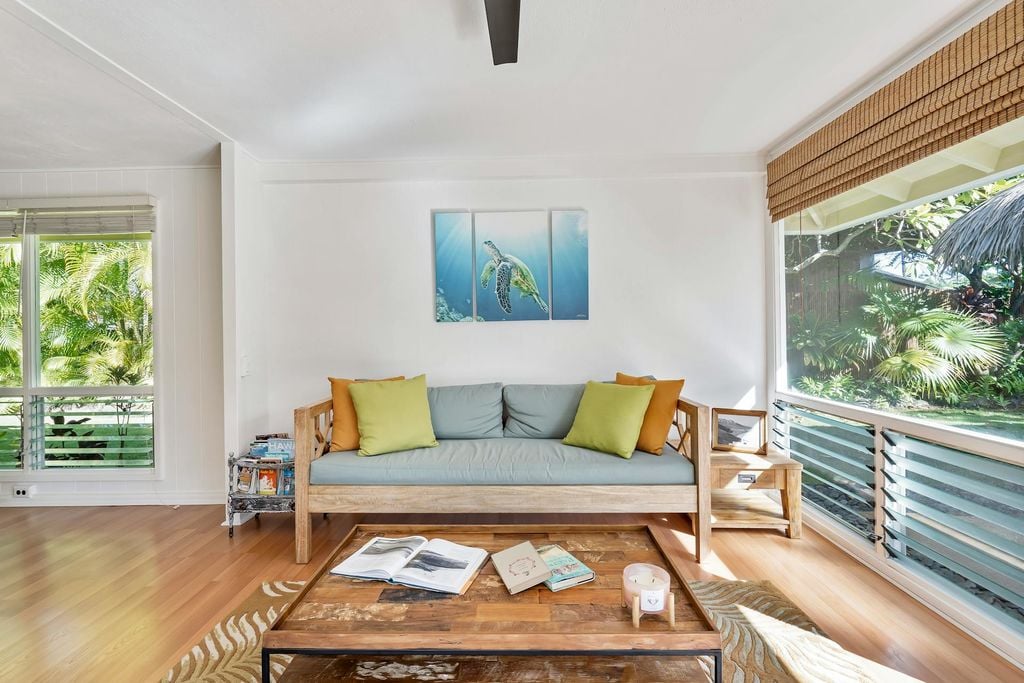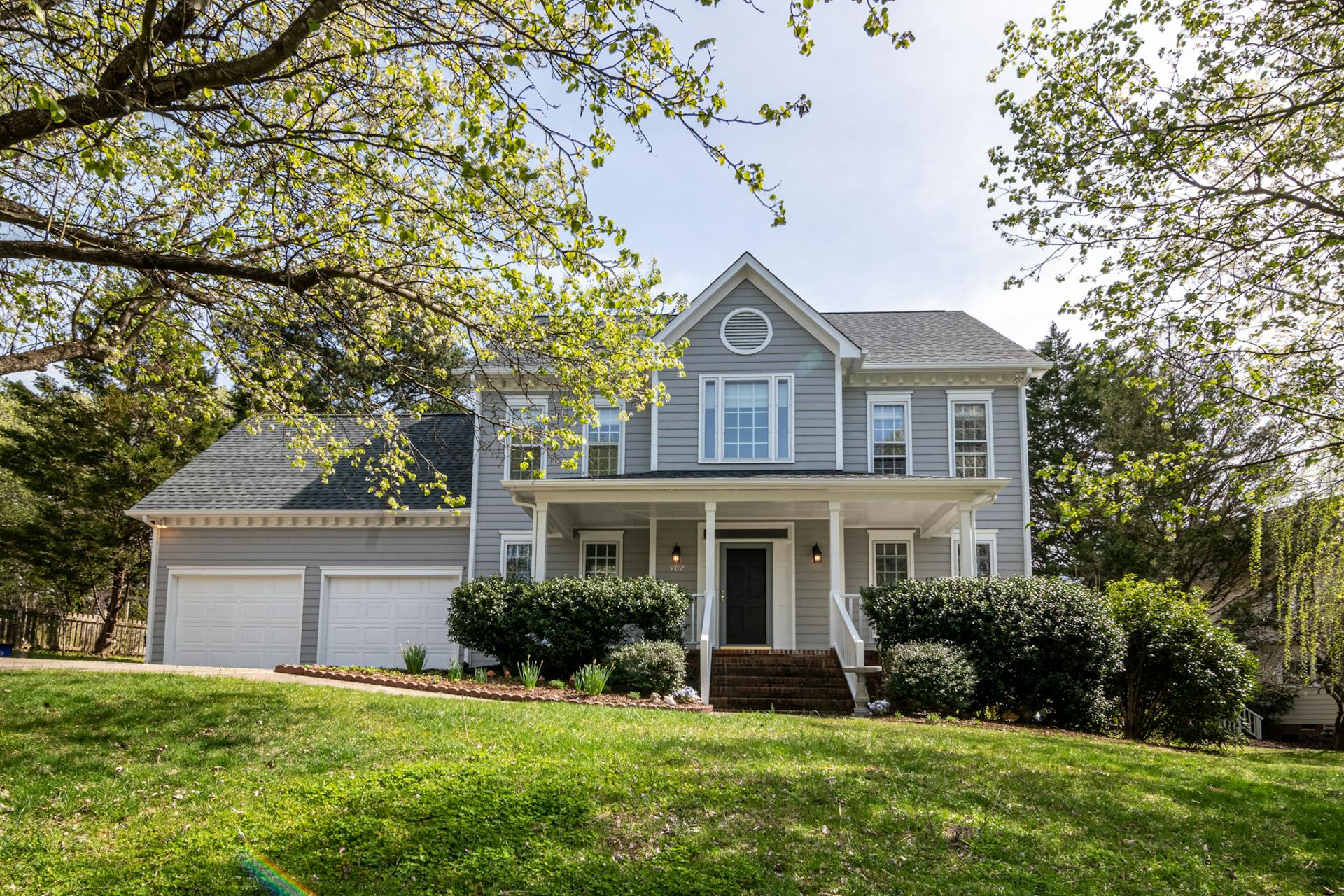Selling a home can be both an exciting and stressful experience, especially in today’s competitive real estate market. Homeowners often focus on pricing their property correctly, hiring the right agent, and making necessary repairs, but one of the most powerful tools they may overlook is home staging. Staging your home is the process of arranging furniture, decor, and other elements to enhance a property’s appeal to potential buyers. Done right, it can make a significant difference in how quickly your home sells and for how much. In this article, we will explore why staging is important, how it impacts the buyer’s experience, and some key tips for staging your home effectively.
1. Creating a Memorable First Impression
First impressions matter. In real estate, potential buyers often make up their minds about a home within the first few minutes of walking through the door, or even from the curb. A cluttered or poorly presented home can lead to negative feelings, while a well-staged home creates a warm, inviting atmosphere that draws buyers in.
When a home is staged, it feels fresh, spacious, and organized. This is especially important because most buyers start their search online, where the quality of photos and virtual tours are critical. Homes that are staged typically photograph better and stand out from competing listings. Buyers are more likely to schedule a showing if they are impressed by what they see online, and staging plays a pivotal role in creating that all-important visual appeal.
2. Helping Buyers Visualize Themselves in the Space
One of the primary goals of staging is to help potential buyers imagine themselves living in the home. Buyers need to be able to visualize how they would use the space, where their furniture might go, and how the home fits into their lifestyle. However, this can be difficult when a home is full of personal items or has an eclectic style that doesn’t appeal to a broad range of tastes.
Staging a home neutralizes the space, removing distractions that might prevent buyers from connecting with the property. For example, personal photos, family mementos, and items that reflect a specific taste should be minimized. Instead, the home should feature neutral furniture arrangements, tasteful decor, and clean, uncluttered spaces. This allows buyers to focus on the home’s features and to see how they could make it their own.

3. Maximizing the Perceived Value of the Home
Staging can also have a direct impact on how much a buyer is willing to pay for a home. By highlighting a property’s strengths and downplaying its weaknesses, staging helps to maximize its perceived value. When a home is presented in its best possible light, buyers are more likely to view it as move-in ready and worth the asking price—or more.
Research consistently shows that staged homes sell faster and for higher prices than non-staged homes. According to the National Association of Realtors (NAR), 83% of buyer’s agents say that staging makes it easier for clients to visualize the property as their future home, and 44% of buyers are more willing to walk through a home they found online if it was staged. Moreover, about 29% of sellers’ agents reported an increase of 1-5% in the dollar value offered by buyers when the home is staged, while 21% saw a 6-10% increase.
In competitive markets, a staged home can stand out as a premium offering. Buyers may feel they are getting more value because they perceive the home as well-cared-for, modern, and attractive.
4. Optimizing the Use of Space
Every home has unique spaces that can sometimes be tricky for buyers to interpret. Whether it’s an oddly shaped living room, a small bedroom, or an open floor plan, these areas may leave potential buyers wondering how they would use them. Staging helps solve this problem by giving each space a clear purpose.
A professional stager will carefully arrange furniture and decor to show how each area of the home can be used to its full potential. A small nook might be transformed into a cozy reading area, while a basement corner could become a functional home office. By giving buyers concrete ideas for how to utilize every square foot, staging ensures that no part of the home feels wasted or awkward.
5. Enhancing Emotional Appeal
Beyond the logical aspects of how a home is laid out, there is an emotional side to buying a home. Buyers often purchase based on how a home makes them feel. A well-staged home creates an emotional connection, helping buyers to feel comfortable, inspired, and excited about the possibilities. A beautifully decorated living room, a serene master bedroom, or an inviting outdoor space can trigger a powerful emotional response that motivates buyers to take action.
This emotional appeal is often what tips the scales in favor of a sale. A staged home may evoke feelings of warmth, security, and aspiration—qualities that make buyers more likely to make an offer, and potentially even compete with other buyers for the property.

6. Appealing to a Wide Audience
Not all buyers have the same tastes, but most are looking for something move-in ready. Staging a home in a neutral, modern style helps to appeal to a broad audience. The goal is to create a space that will resonate with as many buyers as possible, regardless of their personal preferences.
For example, while a home might look great with bold colors or unique furniture, these elements may alienate some buyers. Staging professionals understand how to create an environment that feels universally appealing, using neutral tones, versatile furniture arrangements, and minimal decor. This wider appeal increases the pool of potential buyers, which can ultimately lead to a quicker sale.
7. Standing Out in a Competitive Market
In today’s real estate market, competition can be fierce. Buyers often have multiple options, and homes that aren’t presented well may quickly fall to the bottom of their list. Staging helps your home stand out by showcasing its best features and creating a memorable experience for buyers.
When buyers see multiple homes in a single day, the staged home is more likely to leave a lasting impression. This can be particularly important in competitive markets where homes that stand out sell faster. Even if your home is priced right and in a desirable location, staging gives it the edge needed to attract serious buyers and secure a good offer.
Investing in Staging Pays Off
Staging is more than just a way to make a home look nice—it is a strategic marketing tool that can help you sell your home faster and for a better price. By creating an inviting atmosphere, helping buyers visualize themselves in the space, and maximizing the perceived value of your home, staging plays a crucial role in the selling process. In a competitive market, it gives your home a distinct advantage and ensures that it stands out from the crowd. Whether you choose to hire a professional stager or tackle the task yourself, investing time and effort into staging can ultimately pay off in a successful sale. Reach out to Classic Carolina today for more information!

